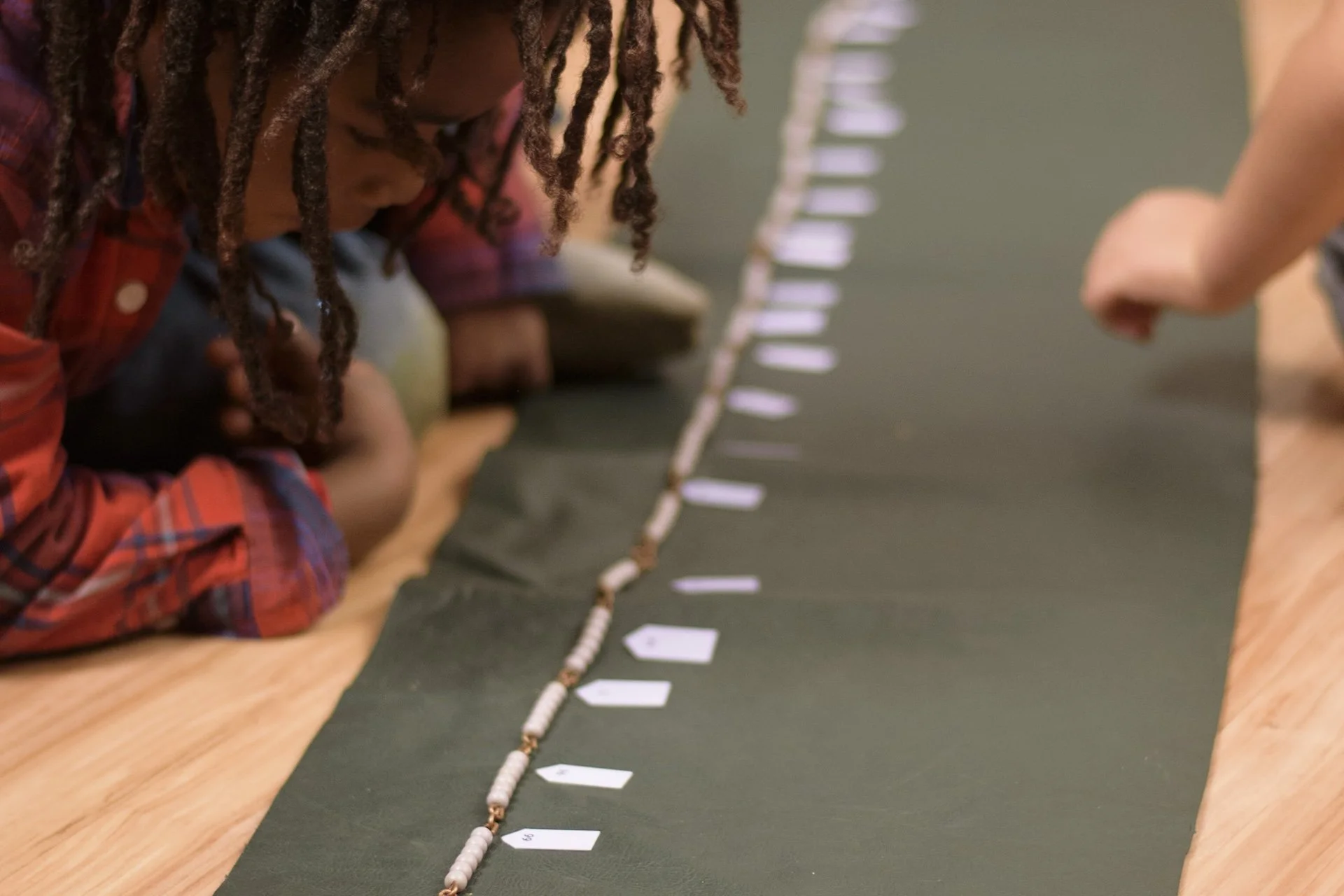Source: Harvard Center of the Developing Child
When we hold our babies for the first time we look into their little faces and think of all the potential they posses. It’s an amazing feeling. Some parents also think about what a great responsibility it is to help them become the best person they can be. It may seem like a daunting task, but it isn’t. We just need to understand how to guide them. At birth, their brains are ready to learn all that we have to teach them.
Every experience that a young child has helps them to learn. Physiologically, these experiences help build the necessary connections between cells in the brain. Things children experience through the senses make the strongest connections. The child needs to have an experience and then the language that accompanies that experience. It’s this process that also helps make a connection between the cells, and when a child has the same experience over and over again, the connection gets stronger and stronger. Research shows that a child needs at least ten repetitions to make a connection.
During the first year of life, the brain is the most active and these connections are being made more than any other time in the child’s life. Every sight, sound, smell, touch or taste is a possible connection. If the baby continues to have an experience the connection will get stronger. If the baby does not have the experience again, the connection will likely die away. The phrase “use it or lose it” is very true.
Young children go through periods of time when they are most open to receiving certain information. These are called “sensitive periods” or “windows of opportunity.” During these times the child is drawn to learning a particular skill and will learn it easily without very much “teaching” on the adult’s part. First, we must know what sensitive periods the child goes through and at what time in their lives, and then we must provide the child with the tools he needs to learn during that period. The sensitive period for language lasts for the first six years of life, so it’s important for us to provide the child with rich experiences full of opportunities for listening and practicing during this time. From ages three to six the child is in a sensitive period for learning manners and social skills. We must provide the child with social experiences and opportunities to practice those skills. When we miss a sensitive period, the skill may still be learned later, but it will be more difficult.
During the early years, until six years old, if you look at a brain scan you will see what looks like an electrical storm. Connections are being made everywhere in the brain. Every experience is a potential connection. If you look at a brain scan of an early elementary child there are many, many connections. The connections are already made and the child is working on strengthening useful connections and paring down the connections they don’t need. They are organizing the information they will need in their lives and their own culture. Later, if they have had a forgotten something in the past and come back to learn it again, it will not be as hard because the brain will recognize it as a past experience or skill. For example, if a young child learned a second language, but then never used it and forgot it, as an adult it would not be as hard to learn it again as it would be for an adult who had never learned or heard that language as a young child.
It is important to give a child what they need according to their stage of development. To give our child the optimal environment for learning, we must always be learning and creating an enriching environment. And we must research and look for schools with teachers and administration who understand brain development in the child and support the child accordingly.
-Carla
For more information on the developing brain, the following books are an excellent resource:
What’s Going on in There?: How the Brain and Mind Develop in the First Five Years of Life, by Lise Elliot
The Absorbent Mind, by Maria Montessori
Source: Harvard Center of the Developing Child






